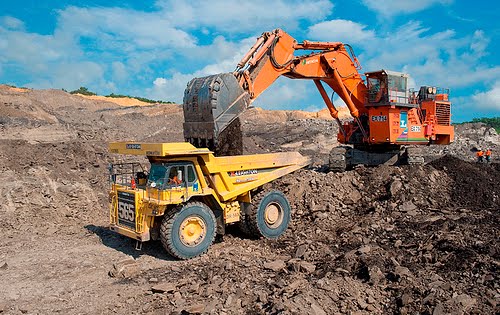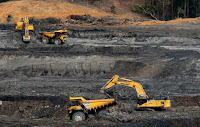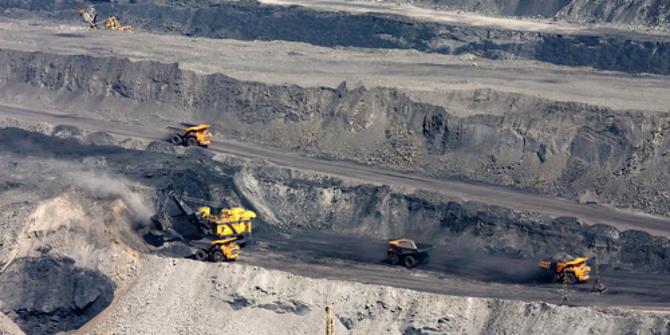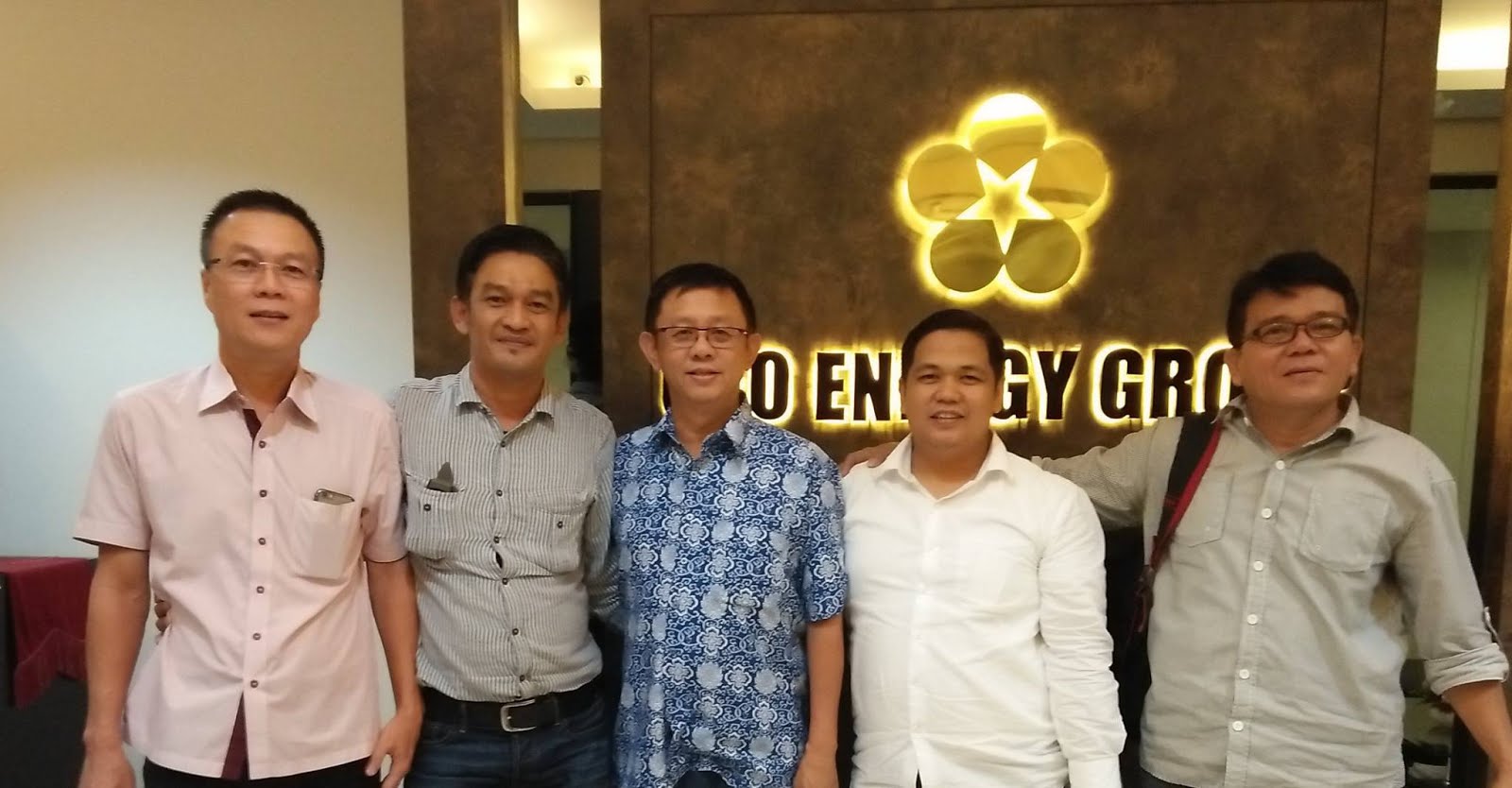Addressing
the challenge of climate change, while meeting the need for affordable
energy, will require access to and deployment of the full range of
energy efficient and low carbon technologies.
Addressing
the challenge of climate change, while meeting the need for affordable
energy, will require access to and deployment of the full range of
energy efficient and low carbon technologies. Capturing carbon dioxide
that would otherwise be emitted to the atmosphere and injecting it to be
stored in deep geological formations (CCS) is the only technology
currently available to make deep cuts in greenhouse gas emissions from
fossil fuel use while allowing energy needs to be met securely and
affordably.
CCS is not a replacement for taking actions which
increase energy efficiency or maximising the use of renewables or other
less carbon-intensive forms of energy. A portfolio approach taking every
opportunity to reduce emissions will be required to meet the challenge
of climate change.
Is CCS a proven technology?
All the elements of CCS have been separately proven and deployed in various fields of commercial activity. In fact, around
1 million tonnes of CO2 has been stored each year at the Sleipner project since it started operating in 1996.
Failure to deploy CCS will seriously hamper international efforts to address climate change. The
Intergovernmental Panel on Climate Change (IPCC)
(link opens PDF of IPCC 2005 Special Report on CCS) has identified CCS
as a critical technology to stabilise atmospheric greenhouse gas
concentrations in an economically efficient manner. The IPCC has
concluded that by 2100, CCS could contribute up to 55% of the cumulative
mitigation effort whilst reducing the costs of stabilisation to society
by 30% or more.
How is CO2 Captured?
While CO
2
capture technologies are new to the power industry, they have been
deployed for the past sixty years by the oil, gas and chemical
industries. They are an integral component of natural gas processing and
of many coal gasification processes used for the production of syngas,
chemicals and liquid fuels. There are three main CO
2 capture processes for power generation.
- post-combustion
- pre-combustion
- oxyfuel
‘Post-combustion’ capture involves separating the CO
2
from other exhaust gases after combustion of the fossil fuel.
Post-combustion capture systems are similar to those that already remove
pollutants such as particulates, sulphur oxides and nitrogen oxides
from many power plants.
The most commonly used process for post-combustion CO
2 capture is made possible through special chemicals called amines. A CO
2 rich gas stream, such as a power plant’s flue gas, is “bubbled” through an amine solution. The CO
2 bonds with the amines as it passes through the solution while other gases continue up through the flue. The CO
2 in the resulting CO
2-saturated
amine solution is then removed from the amines, “captured” and is ready
for carbon storage. The amines themselves can be recycled and re-used.
Whilst post-combustion CO
2 capture is technically available now for coal-based power plants, it has not yet been used commercially for large-scale CO
2 removal.
‘Pre-combustion' capture involves separating CO
2
before the fuel is burned. Solid or liquid fuels such as coal, biomass
or petroleum products are first gasified in a chemical reaction at very
high temperatures with a controlled amount of oxygen. Gasification
produces two gases, hydrogen and carbon monoxide (CO). The CO is
converted to CO
2 and removed, leaving pure hydrogen to be burned to produce electricity or used for another purpose. The CO
2
is then compressed into a supercritical fluid for transport and
geological storage. The hydrogen can be used to generate power in an
advanced gas turbine and steam cycle or in fuels cells – or a
combination of both.
Oxyfuel combustion (also
called oxyfiring) involves the combustion of coal in pure oxygen, rather
than air, to fuel a conventional steam generator. By avoiding the
introduction of nitrogen into the combustion chamber, the amount of CO
2
in the power station exhaust stream is greatly concentrated, making it
easier to capture and compress. Oxyfuel combustion with CO
2 storage is currently at the demonstration phase.
Each
of these capture options has its particular benefits. Post-combustion
capture and oxyfuel have the potential to be retrofitted to existing
coal-fired power stations and new plants constructed over the next 10-20
years. Pre-combustion capture utilising IGCC is potentially more
flexible, opening up a wider range of possibilities for coal, including a
major role in a future hydrogen economy.
All the options for capturing CO
2
from power generation have higher capital and operating costs as well
as lower efficiencies then conventional power plants without capture.
Capture is typically the most expensive part of the CCS chain. Costs are
higher than for plants without CCS because more equipment must be built
and operated. Around 10-40% more energy is required with CCS than
without [
IEA GHG]. Energy is required mostly to separate the CO
2 from other gases and to compress it, but some is also used to transport the CO
2 to the injection site and inject it underground.
As
CCS and power generation technology become more efficient and better
integrated, the increased energy use is likely to fall significantly
below early levels. Much of the work on capture is focused on lowering
costs and improving efficiency as well as improving the integration of
the capture and power generation components. These improvements will
reduce energy requirements.
Transportation
The technology for CO
2 transportation and its environmental safety are well-established. CO
2 is largely inert and easily handled and is already transported in high pressure pipelines.In the USA, CO
2 is already transported by pipeline for use in Enhanced Oil Recovery (EOR).
The means of transport depends on the quantity of CO
2
to be transported, the terrain and the distance between the capture
plant and storage site. In general, pipelines are used for large volumes
over shorter distances. In some situations or locations, transport of
CO
2 by ship may be more economic, particularly when the CO
2 has to be moved over large distances or overseas.












